
FAO Food Price Index Declines for Third Consecutive Month
The FAO Food Price Index fell for the third month in a row in November, declining by 1.2 percent. Prices declined for all commodities except cereals. The Index in November stood 2.1 percent below its year-earlier level and nearly 22 percent below the peak of March 2022.
When prices spike: Identifying excessive volatility in fertilizer markets

Food Prices are Likely to Remain High and Volatile
How do wars, tariff disputes and currency fluctuations affect the international trade in agricultural products? Poor countries suffer disproportionately from inflation risks and food insecurity.
Consumers around the world have seen food prices going up ever since the outbreak of the COVID-19 pandemic. While food price inflation has slowed more recently, concerns over the rising cost of living have not gone away. Why is this and should we expect the cost of our daily meals to go up even more in the foreseeable future?
Global food price shocks
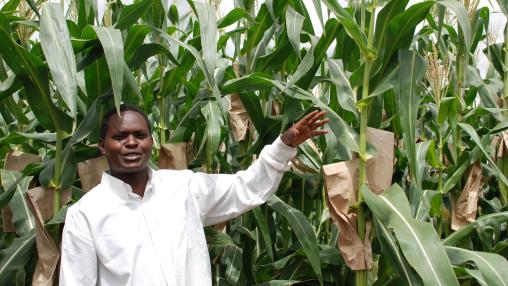
Cereal, Vegetable Oil, and Fertilizer Prices Continue Decline in September: FAO Food Price Index and AMIS Market Monitor Released
Reductions in cereal and vegetable oil prices contributed to a slight decline in the FAO Food Price Index in September. The Index remains nearly 20 percent below its March 2022 peak but rose 3.4 percent from September 2024.
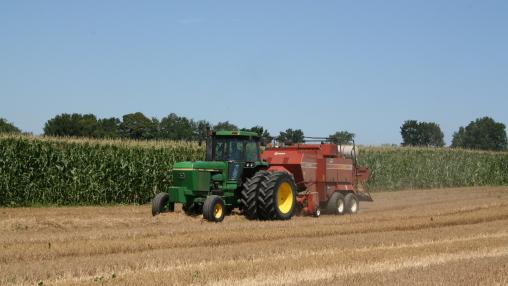
Staple food prices stable in August, but concerns over fertilizer prices, trade uncertainties remain
Global staple food prices remained largely stable in August, according to the latest FAO Food Price Index. The Index was nearly 7 percent higher than its August 2024 level but still well below the record high seen in March 2022.
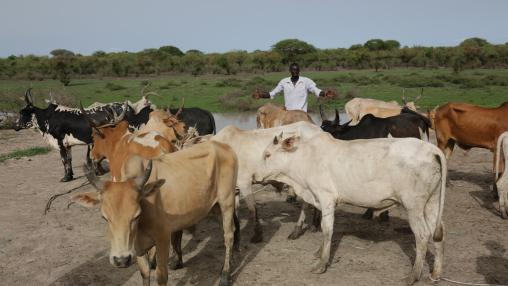
Record high meat prices drive Food Price Index up in July
The FAO Food Price Index rose by 1.6 percent in July based on increasing meat and vegetable oil prices. The Index remains 7.6 percent higher than its 2024 level but nearly 19 percent below its March 2022 peak.
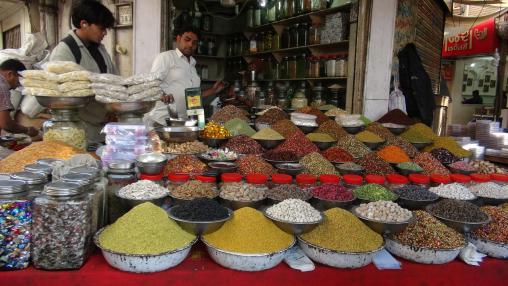
Hunger declines globally in 2025 but remains above pre-pandemic levels: New State of Food Security and Nutrition in the World Report released
With the Sustainable Development Goal (SDG) deadline of 2030 fast approaching, the clock is ticking for the world to meet its goal of eradicating hunger and food insecurity. Some progress was made toward this milestone in 2024; however, hunger levels remain above their pre-pandemic levels, according to the 2025 State of Food Security and Nutrition in the World report.
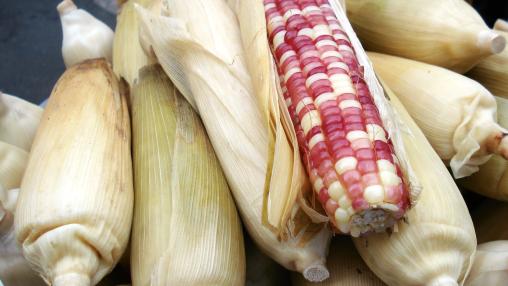
FAO Food Price Index Rises Marginally in June
The FAO Food Price Index rose marginally in June to reach nearly 6 percent above its June 2024 level. Declining cereal and sugar prices were balanced by increases in meat, dairy, and vegetable oil prices. The Index remained more than 20 percent below the high seen in March 2022.
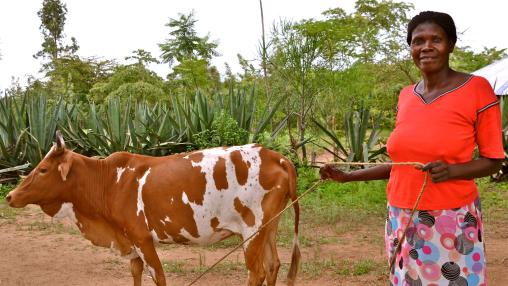
The future of climate change and food system research: 2025 Global Food Policy Report
The realities of a changing climate are becoming increasingly clear, with temperatures rising around the world and extreme weather events, like flooding and droughts, becoming more and more frequent. April 2025 was the second hottest April globally on record, and evidence suggests such anomalous high temperatures could become the norm rather than the exception.
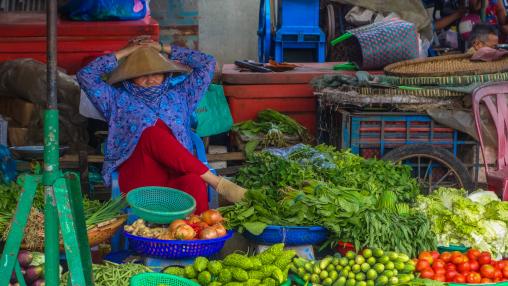
New Cost of Healthy Diets Tool provides powerful look at nutrition gaps—and how to solve them
In recent years, it has become increasingly recognized that true food and nutrition security depend not just on consumption of an adequate caloric quantity of food but also on consumption of the right types of food. A healthy diet—which the WHO and FAO define as one characterized by adequate, balanced, moderate, and diverse consumption of safe foods and beverages—is essential in supporting long-term physical and cognitive health, development, and well-being and in preventing diseases and damaging nutrient imbalances.